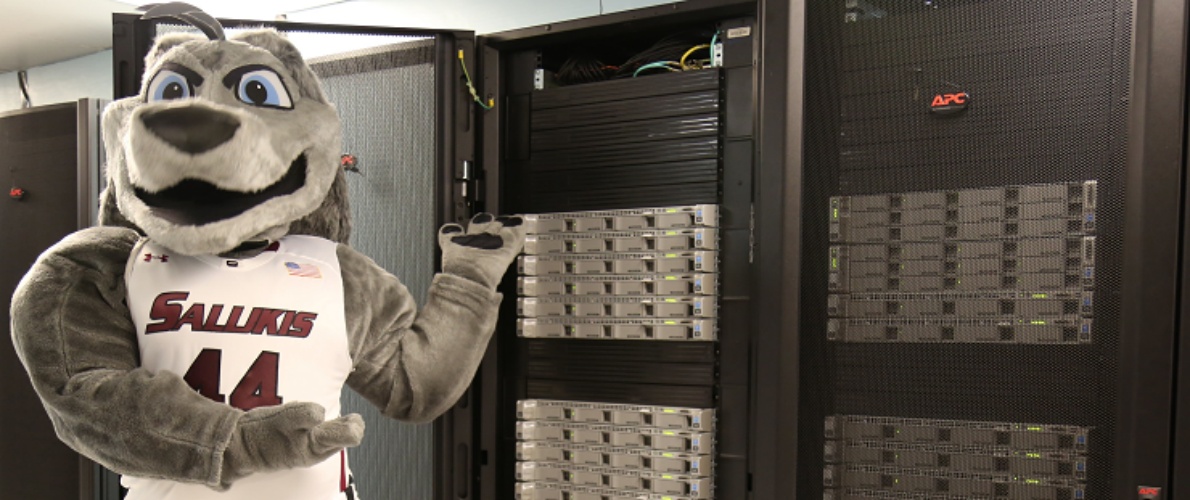- General Request
- Manage Your Account
- About BigDawg
- Using BigDawg
Use the BigDawg Account Request Form to request a new account, delete an account, get a password reset, or change your disk quota. Contact Research Computing if you have question or need assistance.
Request an account
Getting access to BigDawg is a simple process; use the BigDawg Account Request Form to request an account. You will need to attend a group startup session or schedule an individual session with Research Computing to learn specifics about logging on and using the system. After attending this session, you will receive a username and password for your account.
Delete an account
If you leave the University, you should use the BigDawg Account Request Form to delete you account. Similarly, if you manage a project that uses BigDawg, ask team members to close their Bigdawg accounts when they leave the project. Research Computing may delete an account that is not used for an extended period of time.
Reset your password
Use the BigDawg Account Request Form to reset your password. Research Computing will provide you with a temporary password to access your account.
Requesting additional space
You receive a 10 GB quota of hard disk space when you apply for a BigDawg account. If you need addition space for your input, processing, and output files use the BigDawg Account Request Form to request a change. Our staff will work with you to determine how much additional space you need. Feel free to discuss this during your initial BigDawg training session or send us an email.
The BigDawg cyber “cluster” contains 800 CPUs cores and 2 high performance GPUs (with 2,880 more cores each), and has a theoretical maximum of more than 34 Teraflops (one Teraflop is a million million) mathematical calculations per second. To put it simply: BigDawg has enormous computational ability, vast memory and storage capacity, and incredible speed.
To be specific, BigDawg is a computational cluster that houses:
- 40 server nodes with at least 64 GB of memory each
- Intel Haswell 2-thread 10-core chips
- 800 CPUs cores total
- theoretical 34.7 Tflops
- 48 TB usable storage total
- Node 22 has two NVIDIA Tesla K40m GPUs, plus the CUDA toolkit
- Nodes 24 and 25 have 768 GB of memory each.
View a list of software that is available on BigDawg. Users may request for additional software to be installed by submitting a General Request form.
Disk Quotas
You receive a 10 GB quota of hard disk space when you apply for a BigDawg account. If you need addition space for your input, processing, and output files use the BigDawg Account Request Form to request a change. Our staff will work with you to determine how much additional space you need. Feel free to discuss this during your initial BigDawg training session or send us an email.
Users access and command BigDawg using Linux. Although Linux may not be familiar to you, you can submit and manage projects on BigDawg knowing approximately 10 Linux commands. During the BigDawg introductory session, you learn and run through submitting a job using these Linux commands. Some users find this intimidating, but if you approach it like any new learning experience, you can learn these commands and become comfortable working on BigDawg.
Basic computer knowledge is required to use BigDawg. Although we are glad to help you log on and submit your first job, we do not teach basic computer skills and Linux.
A side note about learning these Linux commands:
If you learn how to access and use BigDawg, you will have the basics to work on similar systems at other universities including mega-clusters like:
- Stampede, Texas Advanced Computing Center/University of Texas
- Conte, Purdue University
- Kraken, National Institute for Computational Sciences/University of Tennessee
- AMOS, Rensselaer Polytechnic Institute
- Big Red II, Indiana University
- HPCC, University of Southern California
- Palmetto2, Clemson University
- Blue Waters, University of Illinois--Urbana- Champaign




